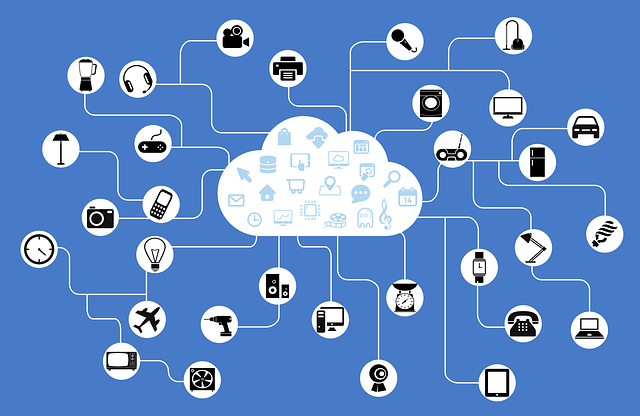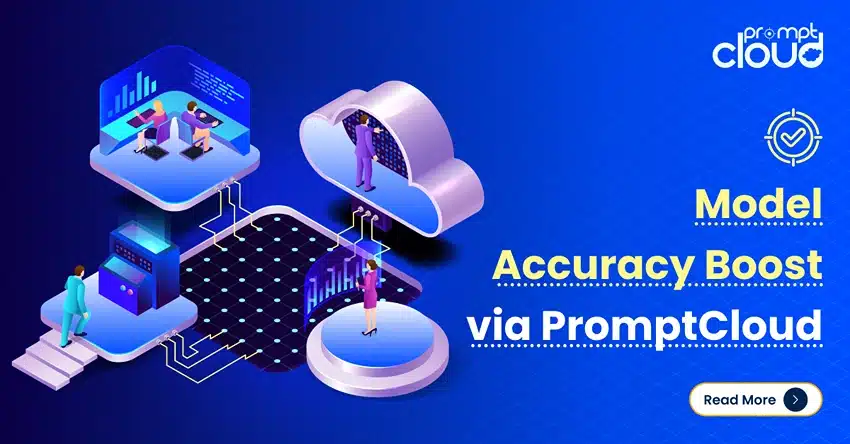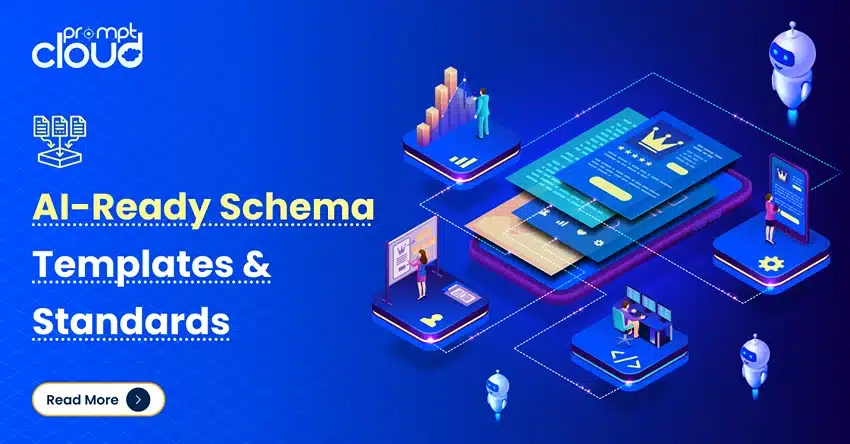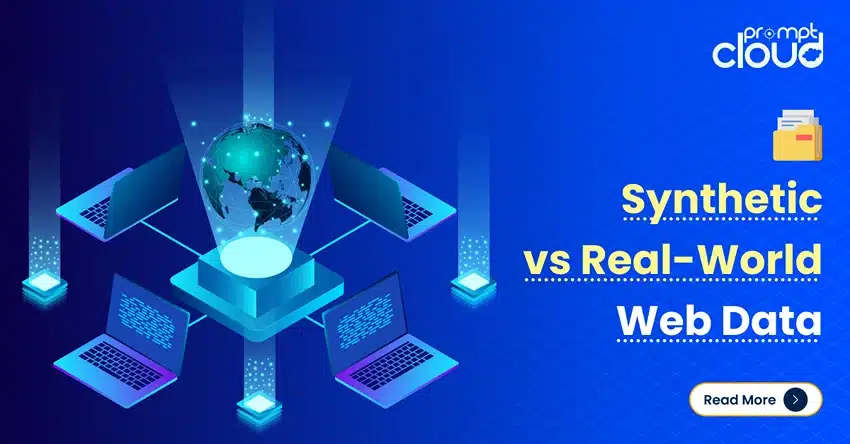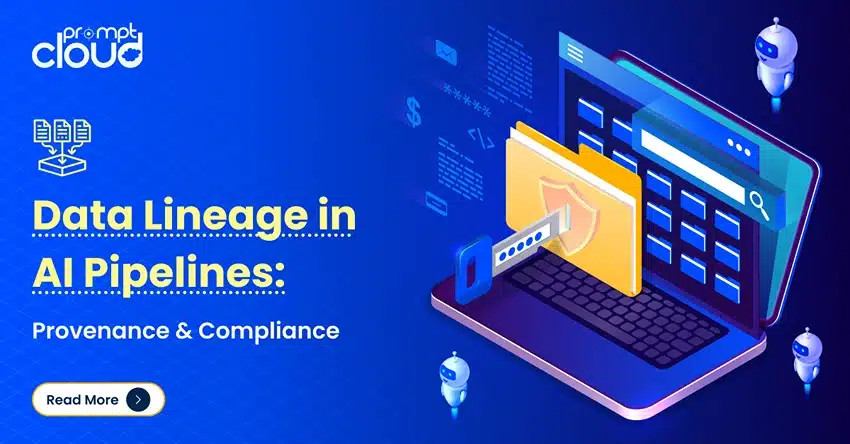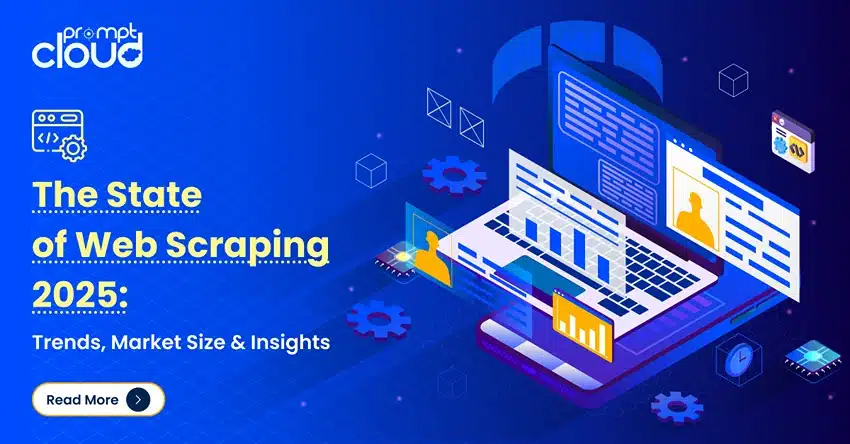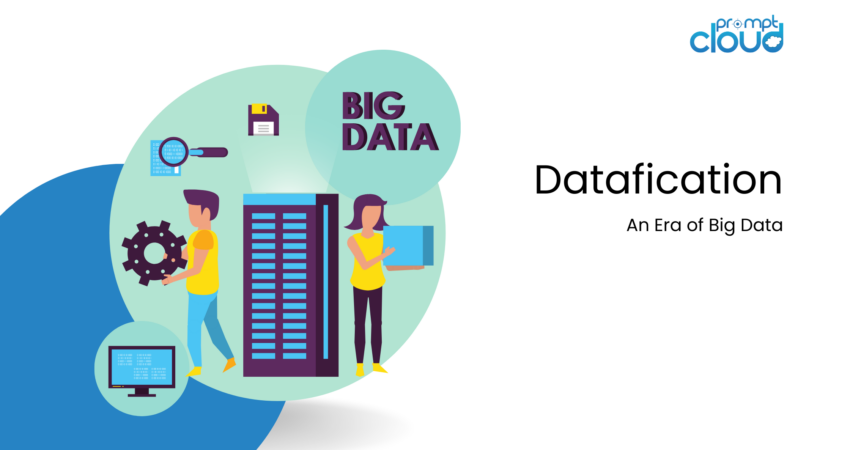
We live in an era where everything revolves around data. The modern technology and its contributions have made it possible to monitor, record and analyze everything around us as quantifiable data. This also paves way to a whole new world of possibilities that businesses can use to their benefit. Datafication is the newest addition to the data driven, customer focused business intelligence practices that are changing the whole business scene nowadays. Here is datafication technology being explained to our readers as it has already become another buzzword like Big Data or Gamification.
What is Datafication
To start off, there is no such official definition for Datafication. It simply means a process of turning many physical aspects of life into computerized data. Consider a physical activity which has a lot of dark data. Dark data means data which has a lot of valuable information yet invisible to us. Due to the limitations of technology, dark data was being ignored until now and converting it into usable data was a challenging task. However, today, with the advancements in data science and analytics stream, new technologies like IOT have enabled lot of new ways to shed light into our dark activities and turn them into useful data.
For instance, Fitbit captures our physical data like the number of steps we walked,sleep we had etc and then converts it into utilizable data like the calories we burnt and much more. In short, it datafies our physical activities to derive useful information.
Datafication is the use of digital technologies to release the knowledge associated with physical objects by decoupling them from the data associated with them.
Think about our routine life, we create a lot of data while talking on phone, engaging through social media (sharing, tweeting, posting or commenting), shopping online using our credit card or even walking through a security camera. We never thought that the amount of data we create had so much of information about our behavioral pattern or personality. Nowadays, data scientists and miners have started monitoring and tracking such data in a way that it creates an array of new opportunities.
After proper investigation, they pass these valued information to business executives who are always keen on increasing their market share, product profitability and brand awareness. In other words, Datafication technology can be described as a process of turning an existing business into a ‘data backed business’. Similarly, social media marketers are also constantly viewing and studying their customer profiles on various networking sites to observe their likes and dislikes pattern which helps them to understand their sentiments about a product or a brand.
Industry experts have the opinion that it is necessary to build an infrastructure for businesses that starts with the data and allows its clients to engage with their customers based on a richer and deeper understanding of their behaviors and needs.
The Drivers of Datafication
Technological Advancements in Data Capture and Storage
The exponential growth in our ability to capture and store data has been a critical driver of datafication technology. Innovations in hardware, such as more powerful microprocessors and larger, more affordable storage solutions (like SSDs and cloud storage), have dramatically reduced the cost and increased the efficiency of data storage and processing. Furthermore, advancements in database technologies and data processing software have enabled organizations to manage vast amounts of data more effectively than ever before.
The Rise of IoT and Sensor Technology
The Internet of Things (IoT) has transformed everyday objects into data-generating “things” that enhance our understanding of the world. These IoT devices, equipped with sensors, collect data from their environments, which can be used for various purposes ranging from optimizing farming practices to improving urban planning and enhancing home security. The proliferation of these devices continues to generate enormous amounts of data, pushing the boundaries of how we collect, analyze, and leverage information in real-time.
Proliferation of Social Media and Digital Communication
Social media platforms and digital communication channels are significant contributors to the surge in data creation. Every text, image, video, and interaction on platforms such as Facebook, Twitter, Instagram, and WhatsApp create data points that can be analyzed to glean insights into human behavior, societal trends, and consumer preferences. This data is invaluable for businesses seeking to enhance customer experiences and tailor products, services, and marketing strategies to meet the evolving needs of their target audience.
Connecting the Drivers
Together, these drivers contribute to a world where data is deeply integrated into the fabric of daily life. The continuous technological advancements in data capture and storage, combined with the expanding network of IoT devices and the ubiquity of social media, fuel the datafication of our world. This trend not only provides unprecedented opportunities for insight and innovation but also presents new challenges in terms of privacy, security, and data management that need to be addressed as we move forward.
Applications of Datafication in Real World
-
Datafication of Social Media:
- Twitter on our stray thoughts
- Linkedin datafying our work life
- Facebook datafying our friends network
-
Datafication of Personal lives:
- Online shopping patterns (gadgets, food etc.)
- Check-ins (Theaters, concerts, GPS locations, etc)
- Streaming Movies & TV series (Netflix, YouTube, etc)
-
Datafication of Business Processes:
- Internet of Things
- Artificial Intelligence
For datafication example, Walmart Labs identifies customer buying patterns from their mobile phone location data, social media activities, external weather and previous order details. They later analyze this data and sends out exclusive offers that can regain the lost customers.
Harnessing the Power of Data
Best Practices for Data Management
Effective data management is crucial for ensuring the quality, accessibility, and security of data. Best practices include:
- Data Governance: Establishing clear policies and standards that dictate how data is acquired, stored, and accessed.
- Data Quality Assurance: Implementing processes to ensure accuracy, completeness, and reliability of the data collected. This might involve regular audits, validation processes, and cleansing data to remove inaccuracies.
- Data Security: Protecting data from unauthorized access and breaches with robust security protocols, such as encryption, secure access controls, and regular security training for staff.
- Data Lifecycle Management: Managing data from creation to deletion, which helps in organizing data storage efficiently and ensures compliance with legal and regulatory requirements.
Strategies for Maximizing Data Utility
To fully leverage the potential of data, organizations should adopt several strategic approaches:
- Integration of Diverse Data Sources: Combining data from various sources to provide a more comprehensive view. This can help in uncovering hidden patterns and deeper insights.
- Real-time Data Processing: Utilizing technologies that allow for the real-time processing of data to enable timely decision-making and instant analytics.
- Advanced Analytics and Machine Learning: Employing sophisticated analytical techniques and machine learning models can predict future trends, optimize operations, and personalize customer experiences.
- Democratization of Data: Making data accessible across the organization can empower departments and individuals to make data-driven decisions.
Building a Data-driven Culture
Creating a culture that values and utilizes data effectively involves several key elements:
- Leadership Commitment: Leadership must champion the use of data and analytics to drive the organization’s strategy and decision-making processes.
- Data Literacy: Educating and training employees to improve their data literacy, ensuring they have the skills to interpret and use data effectively.
- Open Communication: Encouraging open discussions about data findings and their implications can foster a collaborative environment where data is valued as a critical asset.
- Rewarding Data-driven Outcomes: Recognizing and rewarding decisions and innovations that are based on data can reinforce the importance of a data-driven approach.
In Summary
To conclude, Datafication technology has revolutionized the data around the world in a way never seen before. It is really turning existing businesses into data backed businesses where analytics will play an important role.
Are you keeping yourself updated with the latest trends in Big Data ? If not, do subscribe to our newsletter. We at PromptCloud helps users to get the unstructured data in a consumable form by applying inhouse web crawling and scraping technologies.
If you are in a quest for more data to power your business, it’s time to talk to us about your requirements.




